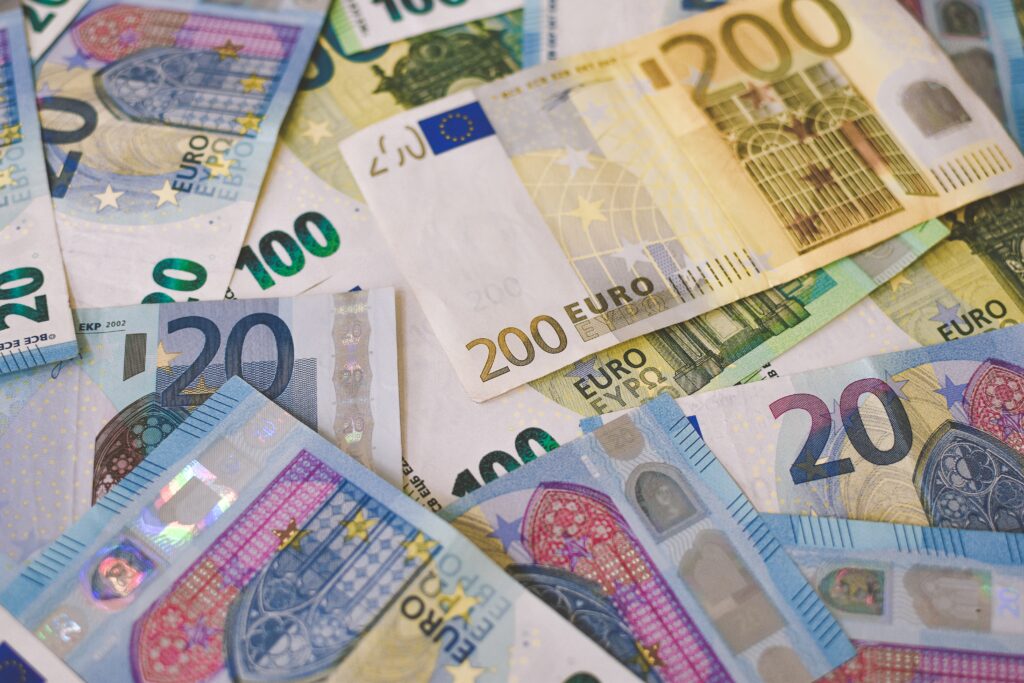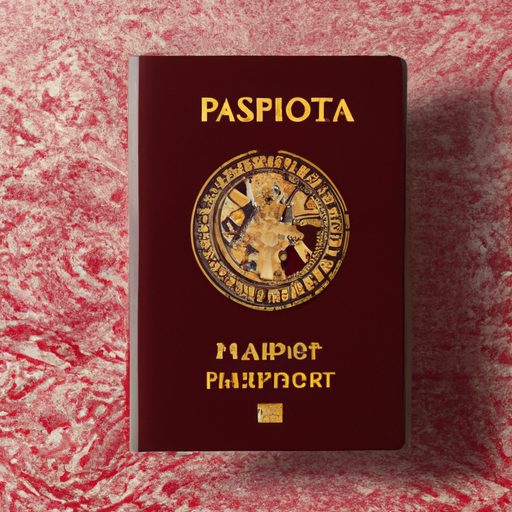Throughout this article, we will explore whether or not you can use the Euro as a form of currency in all parts of Italy. We will discuss the general acceptance of the Euro, its availability in various regions, and any potential limitations or exceptions to its use. By the end, you will have a clear understanding of whether you can rely on the Euro during your travels across Italy.
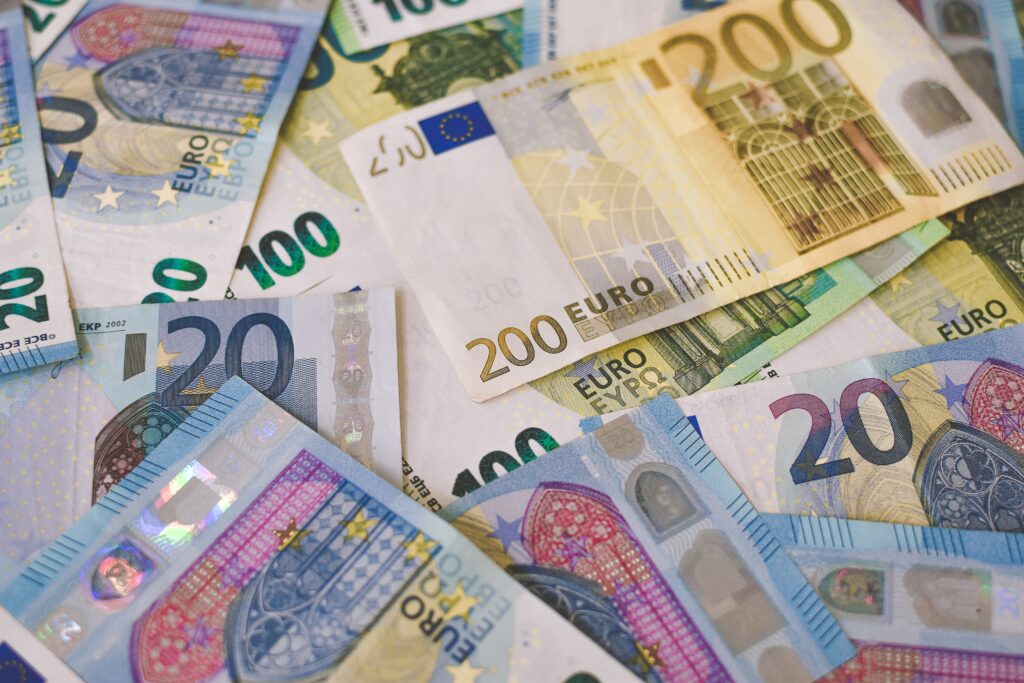
Introduction to the Euro
The Euro is the official currency of Italy and is used throughout the country for all official transactions. It was introduced in Italy in 2002, replacing the Italian Lira as the national currency. The Euro is also the currency used in many other European countries, making it convenient for travelers who are exploring multiple destinations on their trip.
History of the Euro in Italy
Italy was one of the founding members of the European Union (EU) and played a crucial role in the creation of the Euro. The decision to adopt the Euro as the national currency was seen as a way to strengthen Italy’s economic ties with other European countries and promote economic stability within the country. The transition from the Lira to the Euro was a smooth process, and today, the Euro is widely accepted and used by Italians and tourists alike.

Current usage of the Euro in Italy
The Euro is the main form of currency used in Italy and is accepted everywhere, from large establishments to small local businesses. Cash is still widely used in Italy, and it is common to see people paying for their purchases in physical money. However, credit and debit cards are also widely accepted in most places, making it convenient for visitors who prefer to pay electronically.
Accepted forms of payment
In Italy, the most common forms of payment are cash and credit/debit cards. Cash is widely accepted, especially for small transactions or when visiting local shops and markets. It is important to carry small bills and coins as some smaller establishments may not have sufficient change for larger notes. Credit and debit cards, on the other hand, are accepted in most places, including hotels, restaurants, and larger retail stores. You can use your card to pay for purchases, withdraw cash from ATMs, or even for public transportation in some cities.
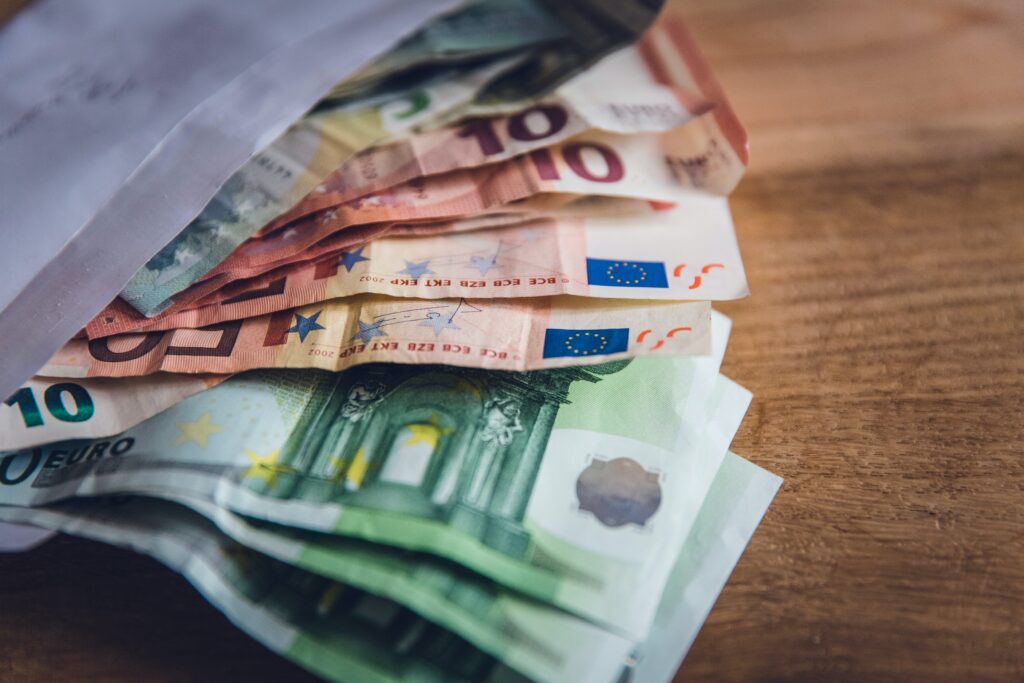
Currency exchange options
If you prefer to carry cash, you can exchange your currency for Euros at banks, exchange offices, or even at your hotel. Banks usually offer competitive rates, but they may have limited opening hours, especially during weekends and holidays. Exchange offices, on the other hand, may have more flexible hours but may charge higher fees. It is always a good idea to compare rates and fees before exchanging your money to get the best deal.
ATMs and cash withdrawals
ATMs are widely available throughout Italy, especially in cities and tourist areas. This can be a convenient way to get cash in Euros, especially if your bank has a partnership with an Italian bank to avoid excessive fees. It is advisable to inform your bank about your travel plans so that they do not block your card due to suspicious activity. Keep in mind that some ATMs may have withdrawal limits, so it is best to plan accordingly and withdraw larger amounts at a time to minimize transaction fees.

Advantages of Using the Euro
Using the Euro in Italy has several advantages, especially for tourists. One of the main advantages is the convenience of having a single currency for all transactions throughout your trip. This means you do not have to worry about exchanging money every time you visit a new country within the Eurozone. It simplifies budgeting, as you can easily understand the value of goods and services in Euros, making it easier to compare prices and make informed purchasing decisions.
Another advantage is that using the Euro eliminates the need for currency conversion fees. When you use a different currency, such as the US Dollar or British Pound, you may encounter additional fees when exchanging your money or when using your card abroad. With the Euro, you can avoid these extra costs and have a clear understanding of the value of your purchases.
Disadvantages of Using the Euro
While using the Euro is generally convenient, there are a few disadvantages to be aware of. One of the main disadvantages is the fluctuation of exchange rates. The value of the Euro can vary compared to other currencies, which means that the cost of your purchases may change depending on the exchange rate at the time of the transaction. This can be especially noticeable if you are budgeting tightly or if you are making large purchases.
Another disadvantage is the limited acceptance of the Euro in some places. While the Euro is widely accepted throughout Italy, there may be some establishments, especially small businesses or local markets, that may only accept cash. It is always a good idea to carry some physical money with you, especially when visiting more rural or less touristy areas.
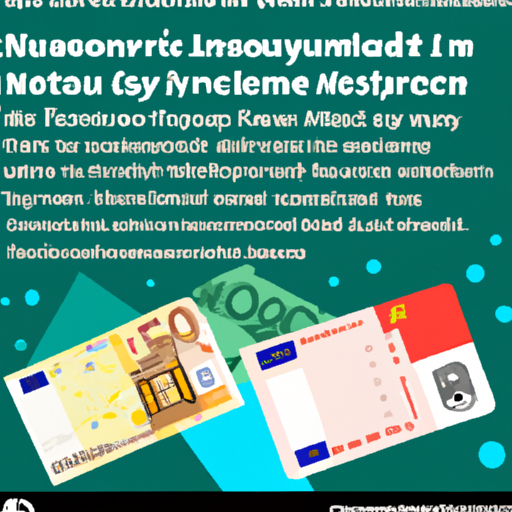
Tips for Using the Euro in Italy
To make the most out of your experience using the Euro in Italy, here are a few tips to keep in mind:
Carrying small bills and coins
It is always a good idea to have small bills and coins handy, especially when visiting smaller establishments or when purchasing from street vendors or local markets. These places may not have sufficient change for larger notes, and it is easier to have the exact amount ready to pay.
Being aware of common scams
As with any popular tourist destination, Italy also has its fair share of scams targeted at unsuspecting visitors. Be cautious of pickpockets, especially in crowded tourist areas and on public transportation. Avoid street sellers offering counterfeit goods or questionable deals. Always be vigilant when using ATMs and cover your PIN while entering it.
Checking exchange rates before traveling
To be better prepared for your trip, it is a good idea to check the current exchange rates before you travel. This will give you a general idea of the value of the Euro compared to your home currency and help you plan your budget more effectively.
Alternatives to Using the Euro
While the Euro is widely accepted in Italy, there are alternative payment methods you can consider:
Using credit cards
Credit cards are widely accepted in Italy, especially in larger establishments. They offer convenience and security, as you do not have to carry large amounts of cash with you. Make sure to inform your credit card company about your travel plans to avoid any issues with your card being blocked due to suspicious activity.
Using traveler’s checks
Traveler’s checks are a safe and secure way to carry money while traveling. They can be exchanged for cash at banks or exchange offices and are replaceable if lost or stolen. However, keep in mind that not all places may accept traveler’s checks, especially smaller businesses or local markets.
Conclusion
In conclusion, the Euro is widely accepted throughout Italy and provides convenience for tourists. It eliminates the hassle of constantly having to exchange money and reduces currency conversion fees. However, it is important to be aware of exchange rate fluctuations and limited acceptance in some areas. By carrying small bills and coins, being cautious of scams, and checking exchange rates beforehand, you can enhance your experience of using the Euro in Italy. Whether you prefer cash or card, the Euro ensures a smooth and hassle-free payment experience during your trip to Italy.

